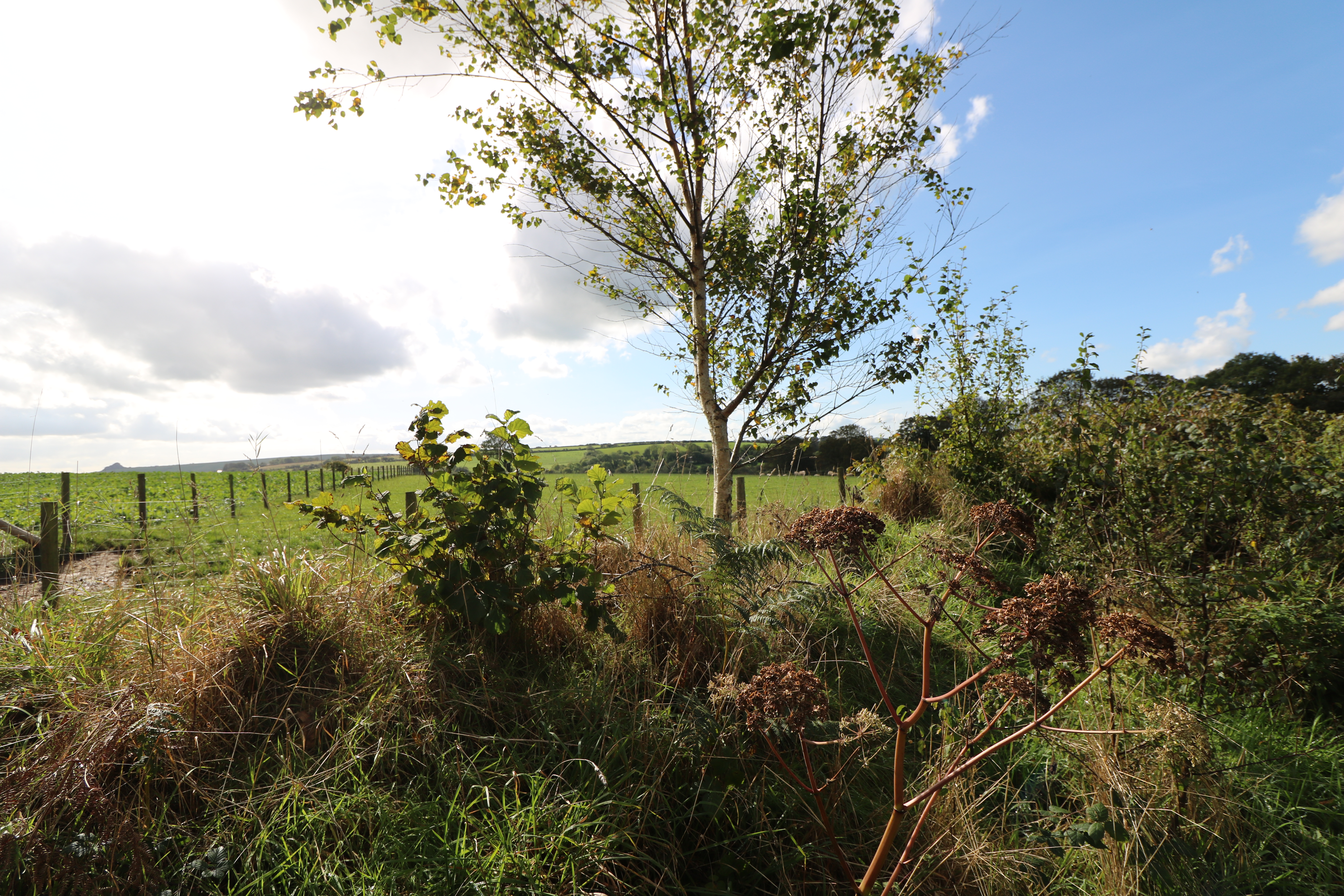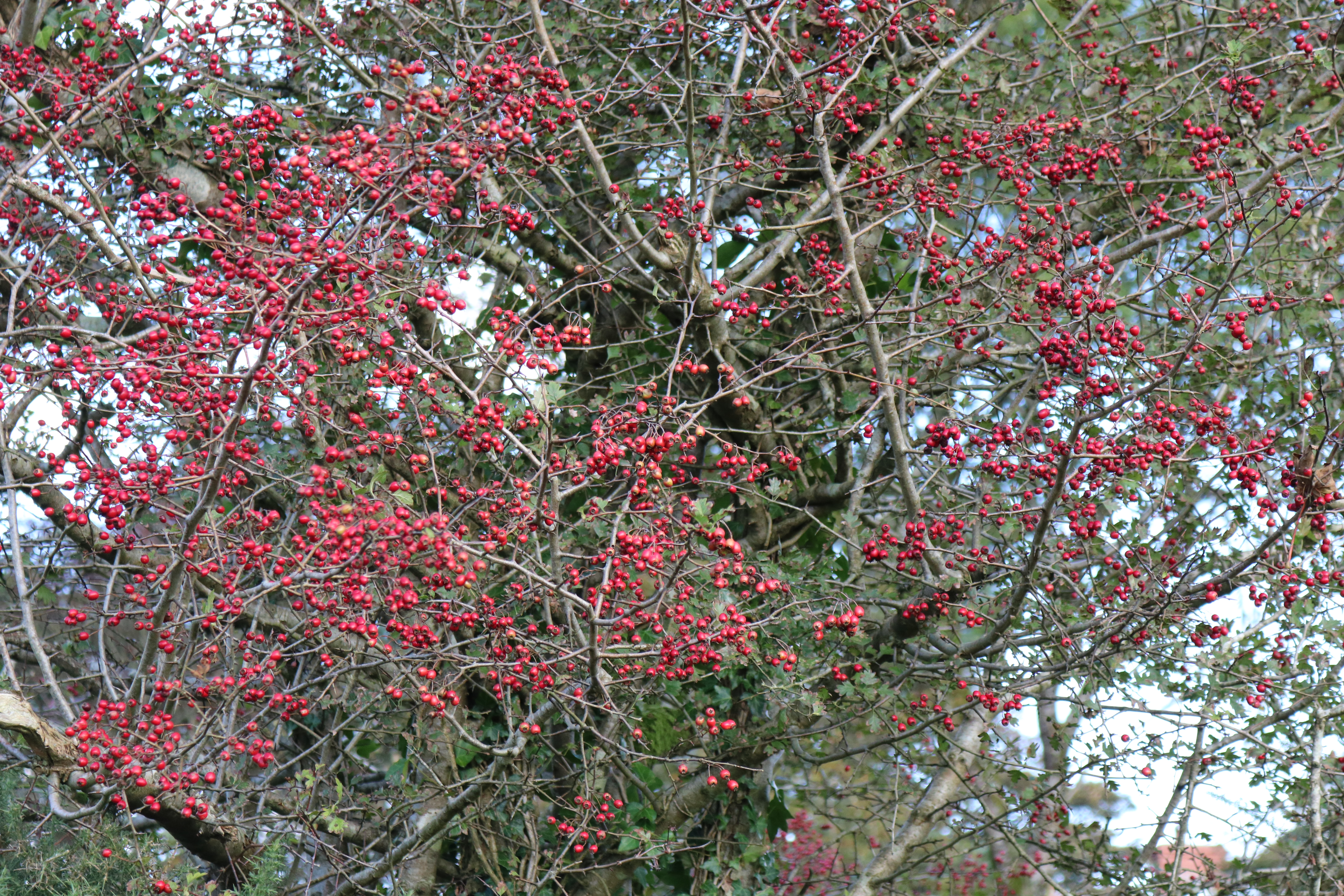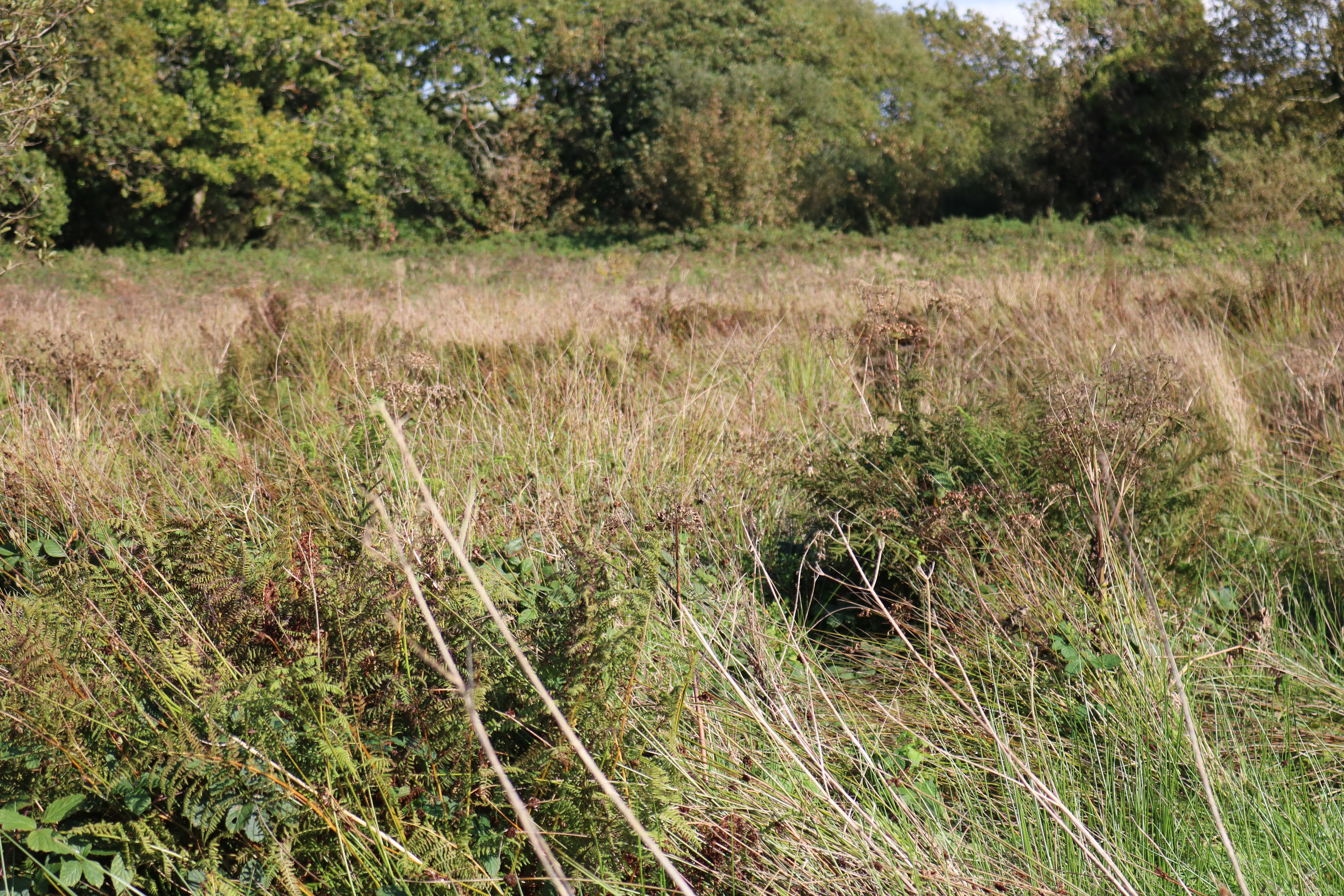- 16th October 2019
- Posted by: Steve Lewis
- Category: Pembrokeshire Lamb
It’s a typical Autumn day here in Pembrokeshire, one where the rain blows at 45⁰ angle soaking you through in no time. The baby is napping, the fire is lit and the kittens sleeping too. With a hot cup of tea beside me I thought I’d tell you a little about some of our conservation efforts.
When we moved to Wernllwyd our 30 acre county council holding 7 years ago the land hadn’t been maintained for many years. Cattle had pushed through fences and damaged hedges, walked through the streams and ditches as cows do. Blackthorn was creeping into the fields making them more hostile. This may not sound like a problem, but actually it was damaging habitat and can lead to water pollution and in extreme cases flooding.

Pembrokeshire is well known for its high banks and hedges, dating back hundreds of years. I have traced medieval origins of ours, but they could be older. As well as historical preservation, the banks provide shelter to domestic farm animals and habitat for wildflowers, invertebrates, mammals, reptiles and birds. They can only do this if they are not trampled and heavily grazed. Repairing fences and trimming the tops of the hedges to encourage thickening of the bottoms didn’t happen overnight but has provided a noticeable improvement over a few years. Grasses and wildflowers are returning at the base, and this year in particular the amount of fruits and berries has been noticeably more and adding luscious colour to the Autumn backdrop as well as vital food for birds. Trees too were planted in places where damage was too great to save the previous ones.
With the help of our neighbor we cleared and repaired the ditches to allow the water free movement again. The ditches and streams were fenced off and piles of stones and decaying wood were placed nearby as habitat for many invertebrates and amphibians. The following spring we were rewarded with jewels of glistening frogspawn followed by hundreds of tiny tadpoles.
One paddock puzzled us for a while. It was still very wet and looking back on old maps it was always listed as marshy, with a couple of natural springs. We decided that instead of fighting nature and forcefully draining it (which has happened in the past), we chose to “hand it back” as such. We closed the gate and other than planting some trees on the damaged hedge banks we left her be.

I took a walk down there last weekend on a sunny October afternoon and at first it looked quiet barren, but I stopped and looked and listened and was rewarded with the sight of bumble bees, butterflies and other invertebrates basking on the warm reeds and enjoying some of the last nectar of the year. Robins, sparrows, wood pigeons and even a female red kite was circling above. As I walked further and looked closer I noticed the abundance of flora and fauna, even the range in diversity of habitats in the 3 acre area, ranging from peaty pools to rocky backs ideal for lizards to hide or bask. The reeds and rushes provide a natural filter removing some pollutants that would otherwise reach the river below and then the sea.
To the untrained eye it looks sparse and brown in the Autumn light, however all the grasses, shrubs, trees and peaty pools are banking carbon, enhancing the local biodiversity and proving a conservation corridor down to the river in the valley below. We hope the next generation of tenants will continue building on our efforts.

Three acres is a lot to us, almost 10% of our land, however seeing the benefits in biodiversity increase is a greater gift to our children and grandchildren than a financial one.
Pembrokeshire Lamb is a small family business that sells fresh and frozen meat boxes wrapped in paper and insulted in natural Woolcool™ (sheep wool) from our farm in the heart of the Pembrokeshire countryside. www.pembrokeshirelamb.co.uk or find us on Facebook and Instagram.
